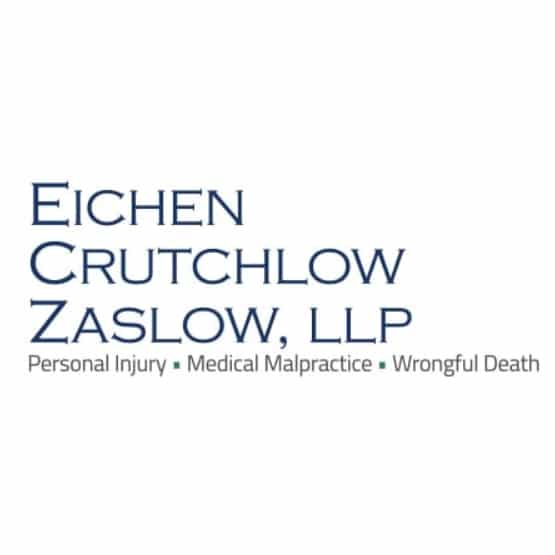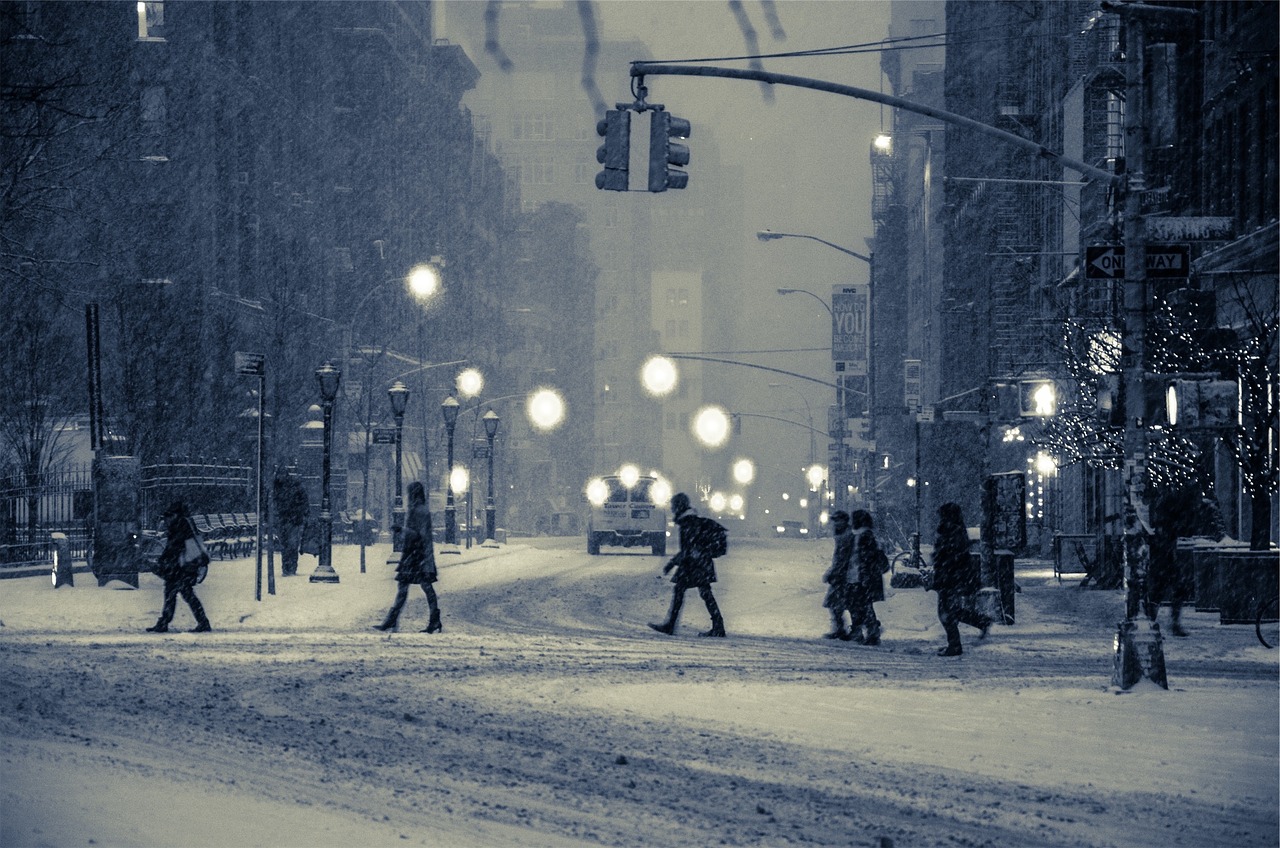The Winter Hazards that Can Establish Liability in Slip and Fall Lawsuits
Winter brings a charming blanket of snow, but it’s the most dangerous time of year for slip and fall accidents. Icy and wet conditions, poor visibility, and the chance of snow showers all increase the chances of a person falling. This presents an increased liability risk for business and property owners, who are required to ensure that their premises are reasonably safe for anyone who enters them. If you or a loved one has fallen on someone else’s property, they can be held liable under premises liability laws. What are the winter-specific hazards that can cause property owners to be at fault within a slip and fall lawsuit?
Here’s an in-depth look at these hazards and how they can establish fault within a legal case.
Ice Buildup Property Hazards
One of the most prevalent winter hazards is the accumulation of ice on walkways, driveways, parking lots, and other high traffic areas. According to the Centers for Disease Control (CDC) about 1 million people are injured in slip and fall accidents due to ice and snow each year. About 17,000 of those falls will result in a fatality. It is the responsibility of property owners to remove ice or treat icy surfaces with salt or sand within a reasonable time frame to prevent accidents.
Failure to address ice accumulation on their property, especially in areas known to be heavily trafficked, can be seen as negligence, and the property owner may be found liable for any injuries sustained.
Snow Accumulation on Walkways and Passages
While freshly fallen snow can seem harmless, it can conceal ice beneath or become packed and slippery when trodden on. Property owners are obligated to clear snow from paths and exits to ensure they are safe and clear for pedestrians. If a sidewalk runs adjacent to a building owned by a person, whether that building is residential or commercial, the owner of the building is also responsible in most municipalities for keeping the sidewalk free and clear of ice and snow.
Allowing snow to build up without timely removal will lead to hazardous conditions, and these conditions can be used to establish fault in a slip and fall lawsuit. The key factor in these cases is establishing whether the property owner acted reasonably and quickly to remove the snow that caused the hazardous situation.
Inadequate Lighting
It’s not all about the weather. Winter’s shorter days and longer nights mean that many people will be walking in the dark. Inadequate lighting can prevent individuals from seeing icy patches or uneven surfaces covered by snow, increasing the risk of falls.
Property owners may be held liable if there is a lack of adequate lighting that can be attributed to the accident on their premises. A good personal injury attorney may be able to show in court that there is a significant chance the accident would not have occurred, or the risks of it could have at least been mitigated, if the lighting on the property were better.
Improper Drainage
Improper or inadequate drainage can lead to the formation of ice patches as water from melted snow refreezes. This can occur on a person’s sidewalks, in their parking lots, and in other areas that are prone to flooding. Even if the drainage issue was not the result of poor maintenance, but damage from a storm or other weather-related event, the property owner is still liable for any injuries that occur in the area. If work cannot be done to remedy the damage that causes the icy patches, property owners must take measures to block off the area and prevent pedestrians from walking on it. Otherwise, they can be found at fault for not properly managing their property.
Overhanging Icicles and Snow
Falling objects are a large danger to people during the winter months. It’s estimated that more than a dozen people are killed every year by falling icicles, and many more are injured. Snow and ice accumulating on roofs, awnings, or overhangs not only pose a risk if they fall and hit someone, but they can also cause slippery conditions on the ground below.
Property owners could be liable for injuries if they fail to remove or mitigate the dangers posed by falling icicles or snow, especially if the risk was known and not promptly addressed.
Establishing Fault in Slip and Fall Cases
In slip and fall lawsuits, establishing fault involves demonstrating that the property owner knew, or should have known, about the hazardous condition and failed to take appropriate action to remedy it. Some things that can be taken into consideration during a premises liability case include the reasonableness of the property owner’s actions or inactions, whether the victim had a legitimate reason to be on the property, and whether the victim’s own negligence contributed to the accident.
At Eichen Crutchlow Zaslow, our premises liability attorneys have extensive experience representing victims injured in slip and fall cases. We can help you hold property owners responsible for their negligence. If you or a loved one has been injured in an accident on someone else’s property, get in touch with us today for a free case evaluation.

Eichen Crutchlow Zaslow, LLP has purposely remained small in size, because it is important to us that we get to know our clients and their needs. Larger NJ injury firms may churn out case after case, but that’s not how we operate. Partners Barry Eichen, William Crutchlow, and Daryl Zaslow have created a firm with the resources to handle complex litigation, and a team that takes your case personally.
Find out more about Eichen Crutchlow Zaslow, LLP

